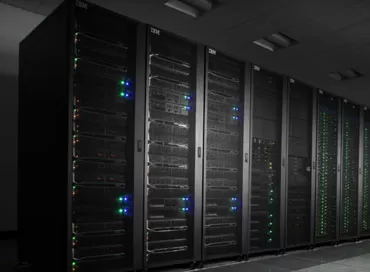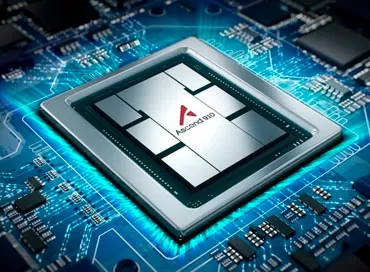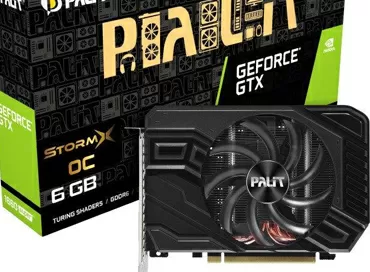Rapid test of the Palit GeForce RTX 2080 Super video card in machine learning tasks
Nvidia is planning to update its graphics cards, transferring the entire product line to the new GDDR6 memory. In our Geforce GTX 1660 Super review, we already said that in Machine Learning/Artificial Intelligence tasks, VRAM bandwidth is often of the determining factor. And of course, if you choose a GPU not only for games, but also for scientific calculations, you are interested to see a video card with tensor cores and modern 8 GB GDDR6 memory.
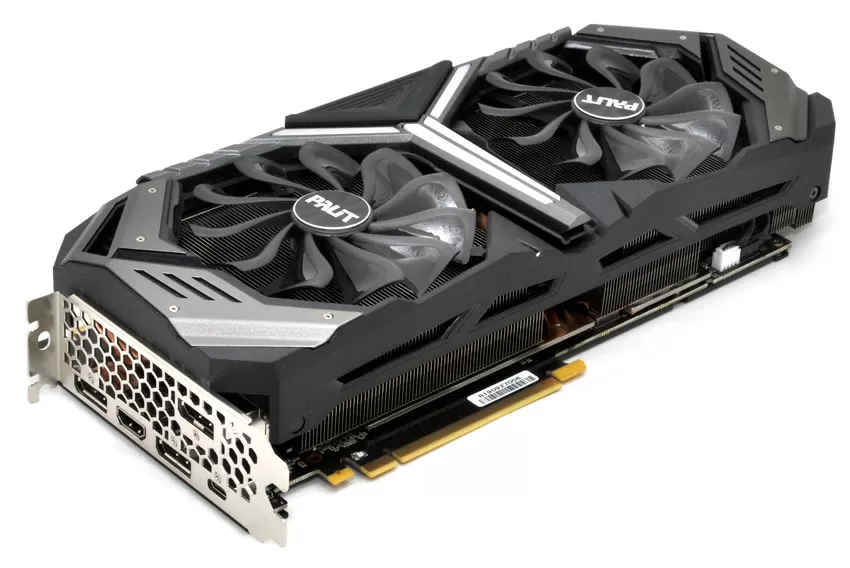
We are considering a novelty from Palit. This graphics card manufacturer is very popular with gamers today due to its good overclocking potential and quiet cooling system. By the way, the high TDP of the RTX2080 Super graphics card forces the use of thick heat pipes and two 8-pin power connectors.
Keeping the noise level low is a bit of a challenge, but here's what's interesting: in all of our tests, I failed to properly warm up the GPU. Apparently, many blocks of the video chip are not involved in computational calculations, unlike the same GTX 1660, which easily reached its design capacity in Tensorflow tests.
Testing
The first part is synthetic tests, and we'll start by evaluating integer and floating point operations.
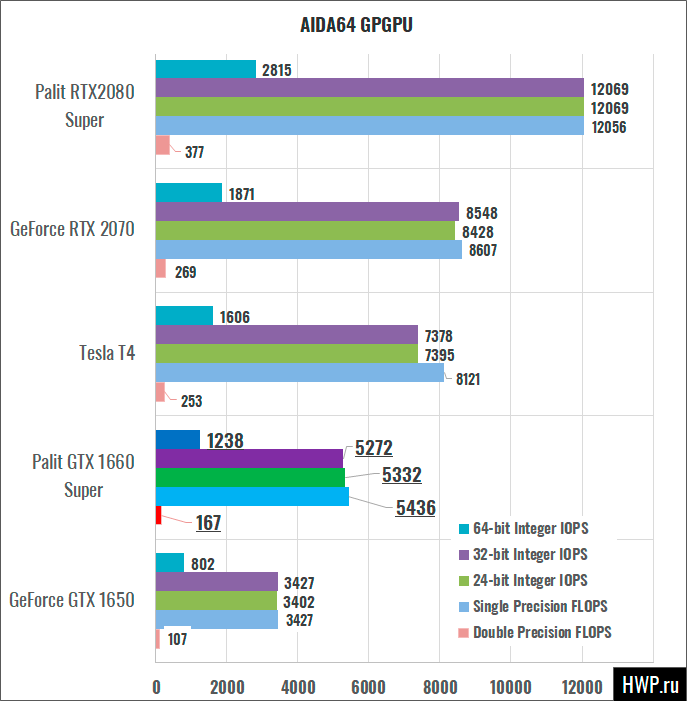
Let's continue with Geekbench 5 with benchmarks using basic facial recognition algorithms.
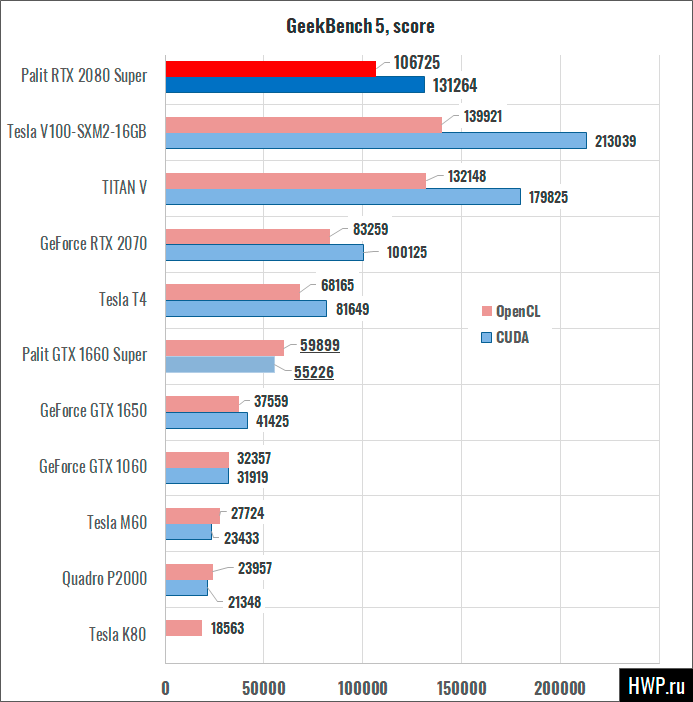
Practically in the OctaneBench 4.0 test, which uses a real rendering engine, the new product shows very good results for one GPU. Under OpenCL, the video card under consideration has only 30-40% slower speed than Tesla V100.
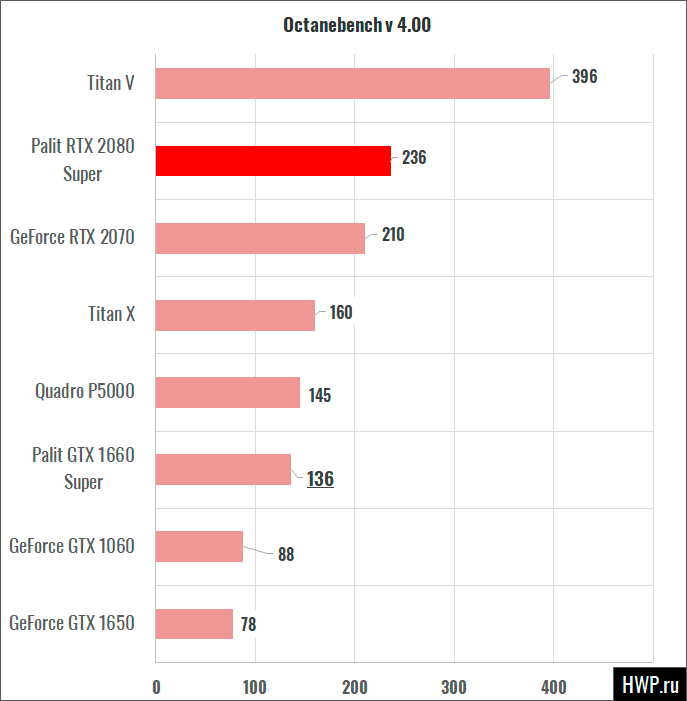
Let's move on to testing in real tasks and measure the speed in the most popular Tensorflow/Keras framework.
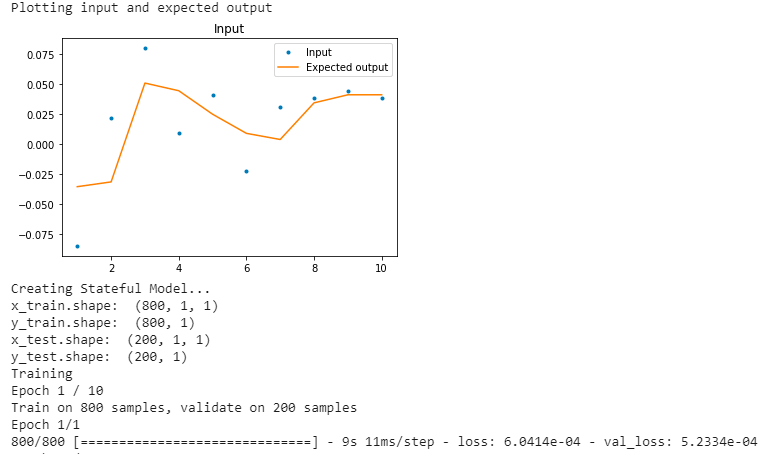
Let's start with the simple tests included in the Keras examples. We will compare with the Tesla provided by Google Colab. While Google undeniably shares GPU performance, it's important for us to understand how your local GPU compares to what you get in the cloud.
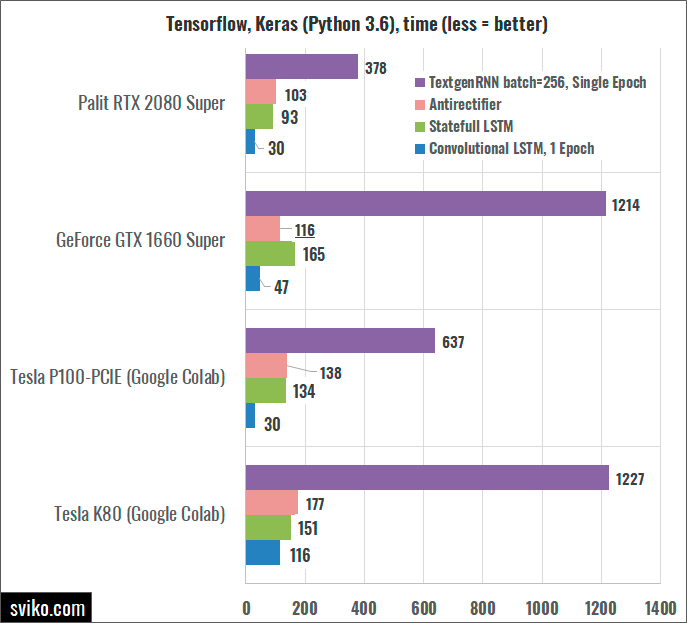
In a real task of training a model using Markov chains, known as Textgenrnn, with a 2.59 MB source file and a batch size of 256, the board is 4 times faster than the GTX series in speed and 2 times faster than the Tesla P100 variant that, by great luck, can fall to you at night, during a low load on the Google Colab service. With this kind of performance, Palit RTX2080 Super is a real and feasible alternative to cloud computing per GPU.

We evaluate the tasks of generating hashes by working in the Minergate mining client on Etherium. Here the video card shows excellent results, but at the current rate of the cryptocurrency it works at a loss.
Conclusions
If the cloud is not secure for you, and Tesla is expensive, then Palit Geforce RTX 2080 Super is a great alternative for working in Tensorflow and other Python tasks related to machine learning and artificial intelligence. Very quiet, cool and thanks to FP16 support, more powerful than previous generations of GP-GPUs.
Before purchasing, make sure you have a powerful enough power supply and a well-ventilated case. This graphics card will not fit into most telecom cases that are not optimized for GPU installation, but it will fit into 4U/Rack universal workstation cases without problems.
Mikhail Degtyarev (aka LIKE OFF)
06/12.2019









